24th Apr 2024
Before I get to the results of my 2021 Bordeaux in-bottle tastings, I’d like to humbly offer a solution to Bordeaux’s perceived pricing problem that has escalated since the 2021 vintage Primeurs campaign, causing much friction between the classified growths of Bordeaux and the negociants/merchants that buy and sell them.
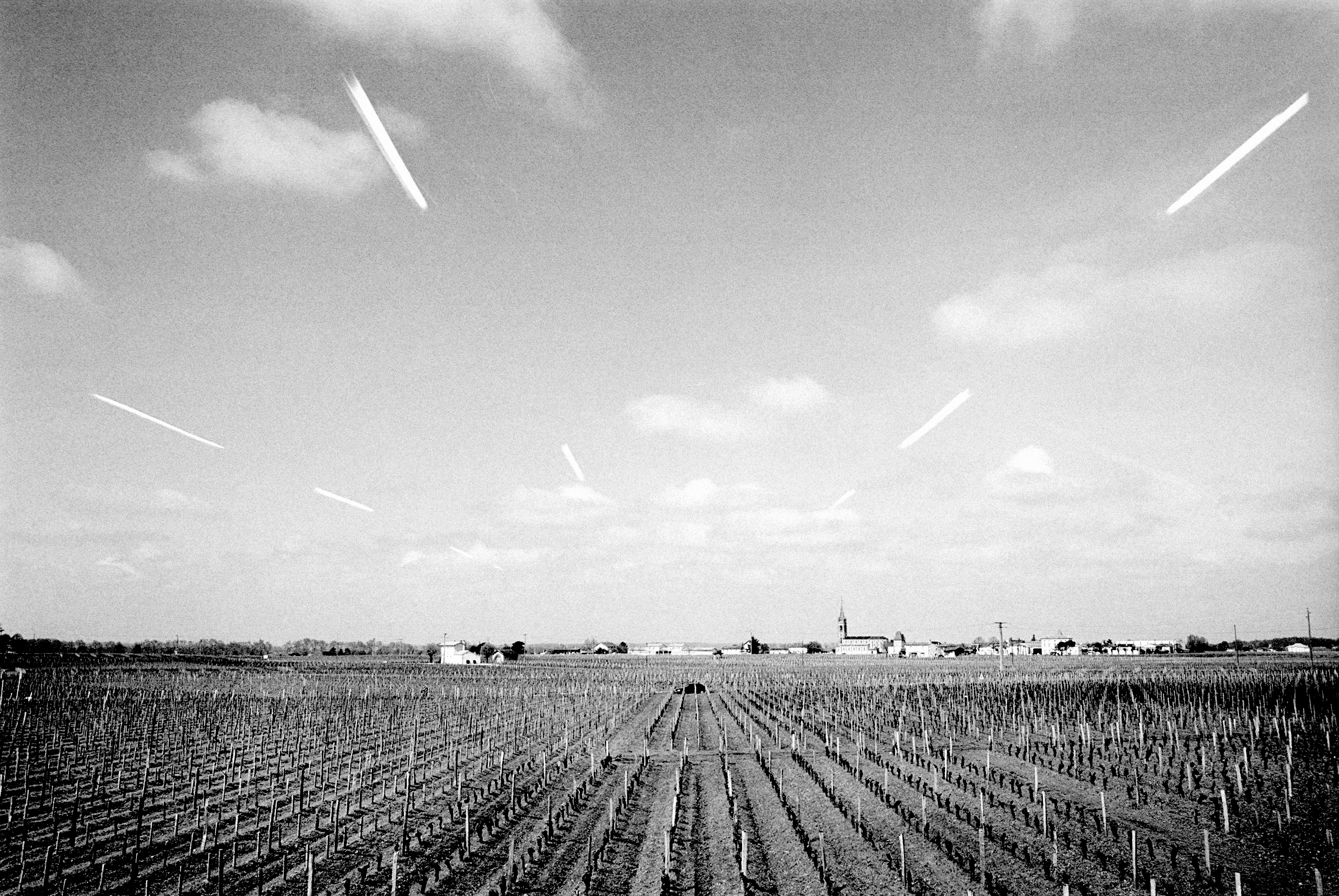
A Modest Proposal
I have a modest proposal for relieving Bordeaux’s classified growth châteaux from the unrelenting nagging of the local merchants who buy, sell, and distribute their wines via the archaic, quaintly dysfunctional system known as the Place de Bordeaux. Frankly, the negociants’ increasing complaints of crippling debts and constant whining about possessing too much unsellable stocks from perfectly potable vintages like 2021 have become an embarrassment to the region. Begging on the streets for lower pricing for the impending 2023 releases, shamelessly moaning that prices need to come down to match the state of the market—this behavior is an insult considering the undeniable quality of the 2023 wines, for which we all know there will be unprecedented consumer demand with much beating of chests and gnashing of teeth to procure a bottle.
This cunning proposal could also solve the ignominious situation currently faced in consideration of the growing number of affluent tourists visiting Bordeaux every year: Bordeaux has no signature dish! Burgundy has its Beef Bourguignon. Toulouse has its sausages. Nice, its Nicoise. What has Bordeaux to offer the wealthy, famished masses? “Voila monsieur, a leathery little cannelé served with a tiny cup of dilute, inexplicably bitter coffee.” It won’t do.
Bordeaux’s visitors need a meat dish to pair with the region’s hearty red wines! Given the dire situation the negociants face this year, I feel it is only the place of the top châteaux to help put them out of their misery. I cannot think of a more beaten and tenderized meat than Bordeaux’s own home-grown merchants. I have been assured by a very knowing Master Sommelier in Las Vegas that a distressed salesman well nursed on a steady diet of alcohol is a most delicious and nourishing wholesome food, whether stewed, roasted, baked, or boiled. I’m no chef, but I fathom endless possibilities for the region’s new menu: Roti de Duclot, CVBG Tartare, Joanne Ratatouille, Mahler-Besse Fricassée, Ginestet Rillette, etc.
Once the demand and prices for the flesh of broken merchants swiftly skyrocket (as quickly as they no doubt will for the Bordeaux 2023s) and, indeed, when the produce pickings become slim, Bordeaux can begin serving up those dreary owners of the humble petits châteaux. What a depressing lot they are with their bankruptcies, vine-pulling, and weeping over the demise of estates that have been in their families for generations. Imagine them badgering the press with their sob stories because no one will buy their wines for a few euros a bottle when the grand cru classés have genuine and urgent needs to communicate important messages to the masses, such as flashy new tweaks to label designs, the fêtes celebrating anniversaries of rich owners’ châteaux purchases, or the grand opening of the latest vanity cellar construction that puts the Taj Mahal to shame. I mean, it’s not like the GCCs are entirely to blame that their 2021 and 2022 prices came out so expensive that all of Bordeaux has become tarred with the same arrogant, over-priced brush. We all know it was the merchants’ fault that 2021 and 2022 didn’t sell. Anyway, they’ll be put to good use soon, just as these small producers will make for splendid Petit Chateaubriand.
Come the 2024 vintage Primeurs (Bordeaux’s best vintage ever, which will undoubtedly sell itself...not unlike the 2023s), it is likely all that will be left of Bordeaux is a few fat kings. And what a jolly nice place that will be! But unfortunately, you know, greed and hubris have a nasty habit of overstaying their welcome. The danger, of course, is that by the time all the buyers show up for the tastings and the parties, Bordeaux will have consumed itself. And alas, as even Marie Antoinette came to realize, one cannot have their cake and eat it too.
This Swiftly rewritten 1729 satirical essay is just that—satire.
But the point of satire is to cut close to the bone. Bordeaux’s merchants are currently neck deep in stocks of the previous two vintages, which largely remain unsold either because they are too expensive for the quality based on the fact that there are higher quality, cheaper vintages available in the market (in the case of the 2021s), or there was no incentive for consumers to buy during the Primeurs campaign because it was unlikely the wines would appreciate significantly on their prices within the two years between purchase and receipt (à la the 2022s). Did the negociants need to take what was allocated to them by the châteaux? No...but yeah, if they wanted to get an allocation again.
Johan Berglund and I decided to bring out our 2021 in-bottle report later than usual, just before the launch of the 2024 Primeurs Campaign, firstly because consumers aren’t exactly beating down retailer doors for the 2021s. The other point is that there are lessons to be learned regarding château owners’ pricing decisions of the 2023s. For a start, merchants don’t buy wines; they trade them. If they can’t sell the wines within a reasonable amount of time, they’re financially screwed. Châteaux aren’t selling to merchants; they are ultimately selling to consumers. Therefore, price setting needs to look past the merchant and firmly at the end user. From what I can see, consumers in major markets are still interested in buying high-end Bordeaux wines, but the complete lack of bid-ask spread on recent futures offers has made it an easy pass for them.
Can Bordeaux function without the Place de Bordeaux? For small, well-off estates, yes. Château Lafleur and Jonathan Maltus (La Dôme, etc.) are good examples. However, the large châteaux don’t have the infrastructure to sell and distribute on the necessary scale at this stage. Therefore, if the system crumbles, everyone risks coming down with it. The nature of the 2023 vintage in terms of uneven quality and some hefty yields has the potential to add crippling weight to this situation.
A lot is at stake with the pricing of the 2023s, but I stress this one final point: the solution cannot be a one-size-fits-all proclamation that everyone’s prices must come down this year by at least XX%. Over the past three weeks, I’ve spoken to the owners of many little estates who are barely making ends meet. 2023 was a very expensive vintage to farm, exacerbating the fact that Bordeaux, thanks to the pricing decisions of the top estates, is largely being perceived by retailers as overpriced and out-of-touch. These little guys simply can’t afford to come down on pricing. However, it is unlikely the small châteaux will need to come down on their prices. Some of these wines are already among the greatest value wines on the planet for their quality. Nonetheless, it is the famous top estates that set the reputation of Bordeaux and, therefore, the tone of the market. For better or for worse, behind them is a vast population of unseen, smaller producers who have great value wines to sell but precious little marketing voice and yet are compelled to ride the wave of a market perception set by the grand cru classés.
The 2021 Tastings
I tasted the 2021s during two separate trips to Bordeaux: one in December 2023 and one in January/February 2024. Most of the major wines were tasted at least two or three times.
Like Robert Parker, I prefer to take a hard critical look at wines as barrel samples, knowing merchants and consumers will be investing their hard-earned cash based on faith in my assessments. In the end, some of the 2021s in-bottle surpassed my initial predictions, others were in my anticipated score range, and a few didn’t live up to their promises.
Those interested in my in-depth report on the growing season can refer to the one published in the spring of 2022: 2021 Vintage Report.
The major issues with the 2021 reds are lack of ripeness and dilution. Must concentration, chaptalization, bolstering tannins, and the addition of another riper vintage (up to 15%) were among the widely used winemaking strategies employed to achieve impressive levels of quality that were simply not possible twenty years ago in a vintage of this nature. Another key winemaking decision was decreasing the amount of time in barrel, reacting to the delicate nature of the wines,
“We cut the aging by three months for our 2021,” said Aymeric de Gironde of Château Troplong Mondot. “We aged this for 11-12 months in oak and drew it out earlier than usual.”
Troplong Mondot was one of the wines that exceeded my expectations, having beneficially gained in intensity and backbone during its élevage, while maintaining remarkable brightness of fruit. The wine will be approachable after just another two to three years in bottle and should age gracefully, with a cellaring potential of 20-25 years. This is a good example of what can be expected of some of the top wines from 2021.
A final point before putting this report to bed—one of my favorite wine anecdotes of yore was the one where Harry Waugh was once asked if he’d ever mistaken a Bordeaux for Burgundy, to which he replied, “Not since lunch!” Thing is, in vintages of his era—the 1950s, ’60s, and “70s—a lot of Bordeaux wines were on the under-ripe, dilute side with herbal characters that were not unlike their Pinot Noir counterparts from Burgundy. Thus, an expert confusing the two regions back in Waugh’s day was probably far more common than it is today when ripeness in both regions is consistently achieved, and the wines more clearly speak of their grape varieties and origins. This brings me to the elephant in the room about the 2021s: terroir is best expressed by ripe grapes, not over-ripe, not under-ripe. At these extremes, the differentiating nuances are lost, and wines begin to taste all the same.
The 2021 Bordeaux reds are of a style that is, at best, red-berried, refreshing, lighter-bodied, and very drinkable. However, many of the terroir differences that are so clearly defined when the grapes are fully ripe have been rendered blurry this year. A lot of the wines taste very similar. That is not to say they’re terrible—there are many delicious 2021s! But most tend to be wines made quaffable in the winery rather than the vineyard. Must concentration (bleeding and reverse osmosis), chaptalization, limited maceration, adding tannins, and blending in another vintage make for appealing wines, but these 2021s tend to speak of clever crafting rather than terroir. At the right price, we can enjoy the 2021s all day long for what they are, but apart from a handful of less-manipulated, stunning achievements honestly co-crafted by vine, soil, and weather, they’re not going to rock anyone’s world like the 2019s, 2020s, and 2022s.
Note: Over 600 reviews of Bordeaux 2021 wines have been published in this report, and we still have around 200 tasting notes yet to be added over the forthcoming weeks. These include most of Sauternes and Barsac reviews, which are among the absolute highlights of the 2021 vintage, although the quantities are small because of the frosts that occurred early in the growing season. However, the remainder of the 2021 reviews will have to wait until after we publish the first waves of 2023 Primeurs reviews, which, in line with the impending release prices, we will start publishing from next week. Let the games begin!
-
Article & Reviews by Lisa Perrotti-Brown
Photography by Johan Berglund
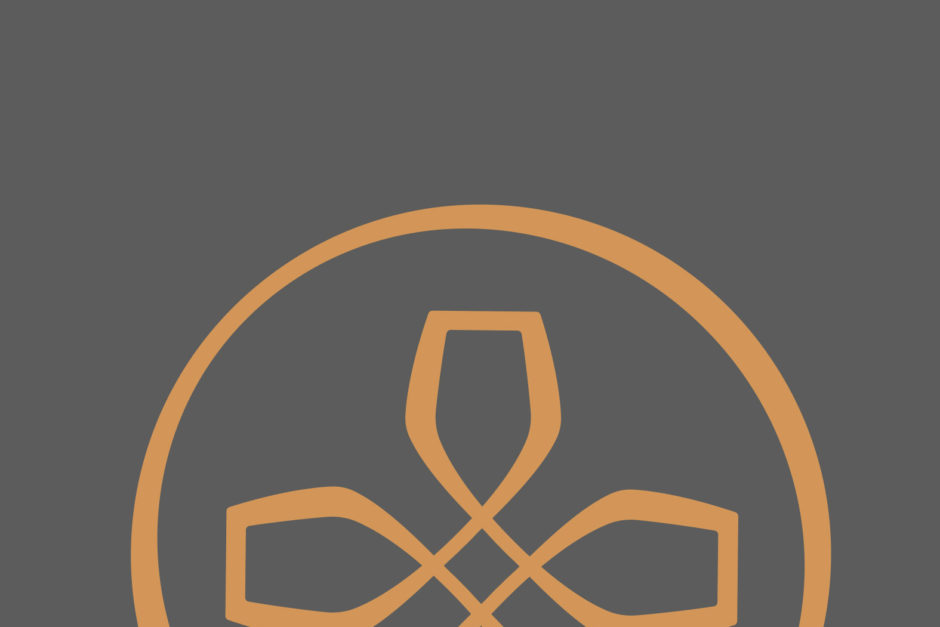
PRODUCERS IN THIS ARTICLE
> Show all wines sorted by scoreMore articles
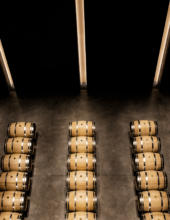
Bordeaux 2023 Vintage Report and Reviews from Barrel
09th May 2024
649 tasting notes
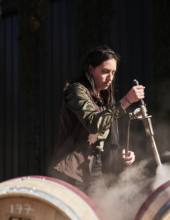
Cathiard Vineyard New Releases
02nd May 2024
3 tasting notes
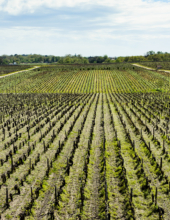
Bordeaux 2023 Preliminary Vintage Report and Reviews from Barrel
29th Apr 2024
56 tasting notes
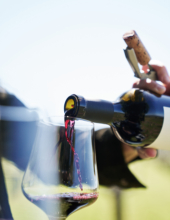
Pilcrow’s New Releases
18th Apr 2024
7 tasting notes
Show all articles